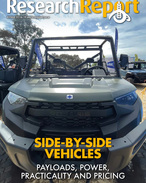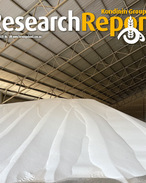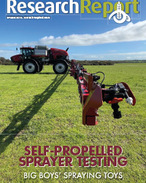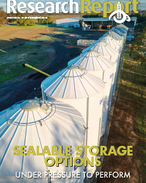This article is 2 years old. Images might not display.
The latest Cattle Industry Projections update from MLA shows growth of the Australian national cattle herd is on track to increase throughout 2023 and result in a high supply of both young cattle and finished weight animals to market well into 2024, noting the national cattle herd will reach its highest level since 2014.
Improvements in processing capacity so far this year, higher slaughter volumes and historically elevated carcase weights are predicted to result in increased beef production, with slaughter for 2023 forecast to reach 6.95 million head, an increase of 5 per cent on MLA's January figures.
Higher volumes are being driven by strong numbers of grassfed steer turn-off from key production regions of Queensland and significantly higher numbers of cast-for-age cows, as numbers of breeding females on-farm allow the turn-off of older stock.
Meanwhile, cattle prices are expected to operate at 10-year averages for the remainder of 2023, but could drop by December 31.
Price forecast information from industry analysts, which are collated as part of the MLA report, indicate prices will stabilise relative to the volatile market of 2022, but forecasted levels to the end of the year show below longer-term averages for the Eastern Young Cattle Indicator (EYCI) and the Feeder steer.
Based on current rates, analysts' forecasts to December 31 are for the EYCI to drop two percent, or 10c/kg carcase weight, to 546c. If this forecast eventuates, the price would be 13.5 per cent or 85c lower than the 10-year average.
According to MLA Senior Market Information Analyst, Ripley Atkinson, a continuation of female retention in northern Australia will ensure the rebuild for this region continues, while the breeding herd in southern Australia will reach levels above long term averages in 2023.
"The longer-term outlook of higher supply is ensured, with the above-average marking rates continuing despite a forecast return to average or below-average seasonal conditions," Atkinson said.
"The genetic investment producers have made in building a productive, fertile breeding herd during the past three years will contribute significantly to delivering continued high supplies of young cattle into 2024."
View a full copy of MLA's June 2023 Cattle Industry Projections here.























